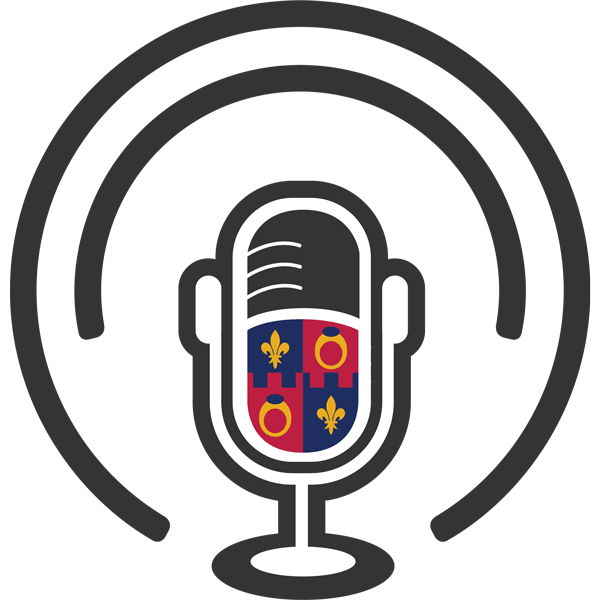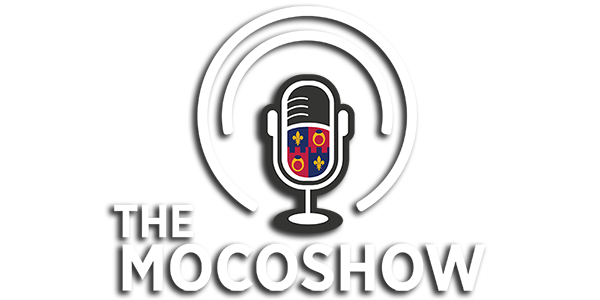
Fleetwood Mac’s song “Silver Springs” is based on Silver Spring, MD. While many of us love Nicks’ music and the song itself, the title of the song could be one of the reasons people often add an ‘s’ to the end of our beloved Montgomery County… census designated place.
Primarily a British blues band at first, Fleetwood Mac scored a UK number one with “Albatross”, and had other hits such as the singles “Oh Well” and “Man of the World”. In late 1974, while Fleetwood was scouting studios in Los Angeles, he heard American folk-rock duo Lindsey Buckingham and Stevie Nicks, and asked Buckingham to be their new lead guitarist, and Buckingham agreed on condition that Nicks could also join the band.
The addition of Buckingham and Nicks gave the band a more pop rock sound, and their 1975 self-titled album, Fleetwood Mac, reached No. 1 in the United States. Rumours (1977), Fleetwood Mac’s second album after the arrival of Buckingham and Nicks, produced four U.S. Top 10 singles and remained at number one on the American albums chart for 31 weeks. It also reached the top spot in countries around the world and won a Grammy Award for Album of the Year in 1978.
Rumours has sold over 40 million copies worldwide, making it one of the best-selling albums in history. Although each member of the band went through a breakup (John and Christine McVie, Buckingham and Nicks, and Fleetwood and his wife Jenny) while recording the album, they continued to write and record music together.
Nicks has since said the song ‘Silver Springs’ was about the end of her relationship with fellow bandmate Lindsey Buckingham. “I wrote “Silver Springs” about Lindsey. And we were in Maryland somewhere driving under a freeway sign that said Silver Springs, Maryland. And I loved the name…Silver Springs sounded like a pretty fabulous place to me. And ‘You could be my silver springs,’ that’s just a whole symbolic thing of what you could have been to me.”
Silver Springs peaked at 22 on the Billboard Global 200 in 1997 when it was rereleased as a live track. It originally released as a B-side track with the song “Go Your Own Way.”

